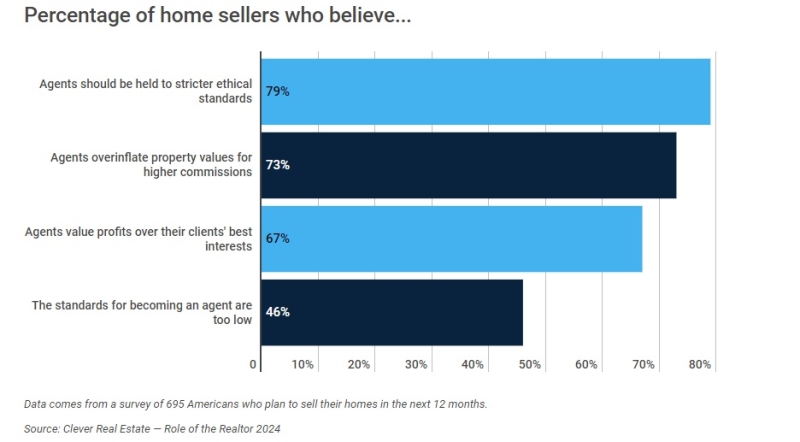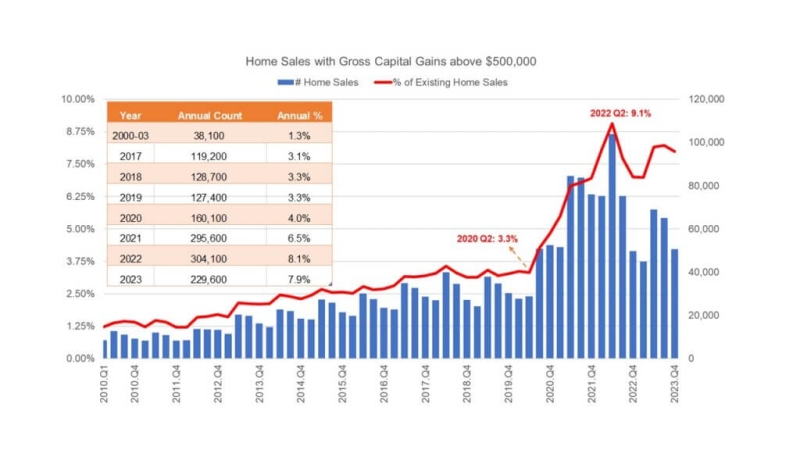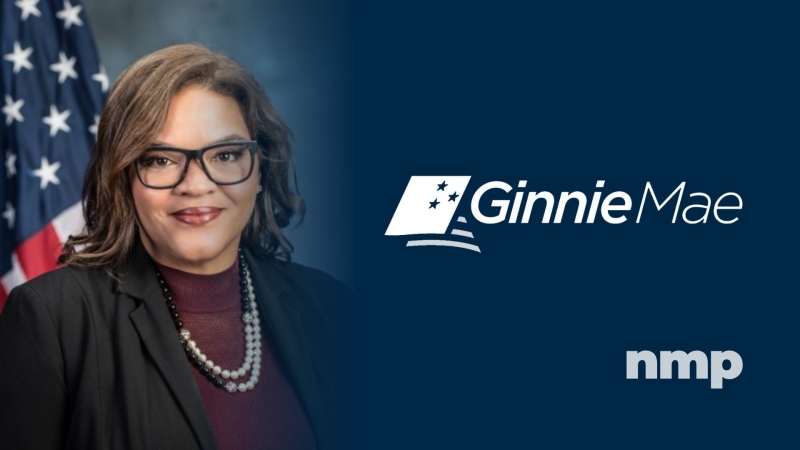Advertisement
Is that mortgage tax deductible?
Commercial mortgage deals made simple Michael Haltmannet operating income, capitalization rate, debt service coverage ratio
The process is not really that daunting For those in
the residential mortgage business who would like to expand their
product base to include the commercial mortgage market, the process
and knowledge required can sometimes seem like trying to climb a
100-foot wall without the proper equipment. This, however, is
really not the case.
While it is true that the criteria used to determine if a
commercial mortgage loan is fundable is very different than that of
a residential loan, with a few simple calculations under your belt
you can begin the process, sound knowledgeable to your borrower and
really understand if a property is viable. We all have limited time
in a day, so we don't want to waste that limited time on impossible
deals.
Net operating income
First, while the quality of the borrower is important, the key is
the net income that the building generates. Of course, if we have a
bad borrower, it doesn't matter what the building looks like, but
assuming we have a good borrower, our focus is going to begin with
the rents and expenses of the property. This brings us to the
income and expense summary for the building, which will ultimately
lead us to the net operating income (NOI). Remember, in commercial
mortgage loans, the building must be able to support itself from
the net income that it produces. Once we determine NOI, we move
forward to get to the most important number of all, the
debt-service coverage ratio (DSCR). In commercial mortgage loans,
it is not about loan-to-value (LTV), it is about DSCR. Say that
again because it is extremely important: DSCR.
NOI is simply the following calculation: gross rents minus
property taxes, minus building insurance, minus utilities, minus 10
percent of the gross rents to account for management and
vacancy.
Check these expense numbers yourself so that you don't waste
your time on a deal when the actual expense numbers are too high,
and therefore reduce the NOI so that the DSCR is too low for the
deal to work. For taxes, use an assessor's office or PropertyShark.com. For
utilities and insurance, ask to view a recent statement. Also, do
not inflate an income number in order to make a deal work.
Ultimately, this will come out in the due diligence process and you
will lose your lender.
Capitalization rate
The capitalization (cap) rate is the return that an investor wants
to earn from the building that is being considered for purchase.
Cap rates can and will vary by town, city or state, and even within
different parts of a city or town. With the cap rate and NOI, we
can now get a ballpark figure of what a property might be
worth.
NOI/cap rate will give you a starting point for an approximate
value of a property, although it is not an exact science.
Let's say a building has an NOI of $80,000 per year, and it is
in an area where a property type would be at an approximate 7.5
percent cap rate. That is, a buyer in that area wants to earn a 7.5
percent return on their investment. What is an idea of the value of
the building?
$80,000/.075 = $1,066,666
The higher the cap rate or return desired, the lower the value
of the building and visa versa.
$80,000/.08 = $1,000,000
$80,000/.07 = $1,142,857
Debt service coverage ratio
We now have an approximate idea of what the building is worth, so
next we use some LTV number to get the loan amount to bring to the
lender, right? Wrong. This is where we determine if the loan amount
desired by the borrower, at the mortgage interest rate he qualifies
for, will give us a DSCR at the level required by the lender. We
don't want to waste a lender's time or our own with deals that make
no sense.
Again? A lender on commercial property is typically going to
require that the DSCR of a loan be at a level of 1.2 times or
higher. That number will vary a little by lender and property type,
but it is a good rule of thumb. How do you figure out the DSCR?
Another simple calculation:
DSCR = NOI/annual principal + interest payments for the loan
desired
Remember that the mortgage rate cannot be higher than the cap
rate or the building will not debt service. You can think about
this the following way. You borrow money at one bank at seven
percent to turn around and invest it at another bank at six
percent. Not a winning proposition, and in commercial mortgage
terms will not get you the 1.2 times DSCR that you need.
Let's look at an example:
NOI = $80,000
Annual mortgage expense = $65,000
$80,000/$65,000 = 1.23X DSCR, a good number
What if the mortgage expense went up or the NOI went down?
NOI = $75,000
Annual mortgage expense = $68,000
$75,000/$68,000 = 1.1X DSCR
In the second case, the deal will be difficult to get done
because it does not debt service at a high enough rate.
Of course, as said in the beginning, you still need a good buyer
for a good property, and even with both of those, other things can
come up that can put up a roadblock. The bottom line in commercial
mortgage deals is: The income producing property must be able to
support itself!
Michael Haltman is the president of Commercial Capital
Alliance, a direct commercial mortgage lender located in
Jericho, N.Y. He may be reached at (516) 741-8880 or e-mail [email protected].
About the author





